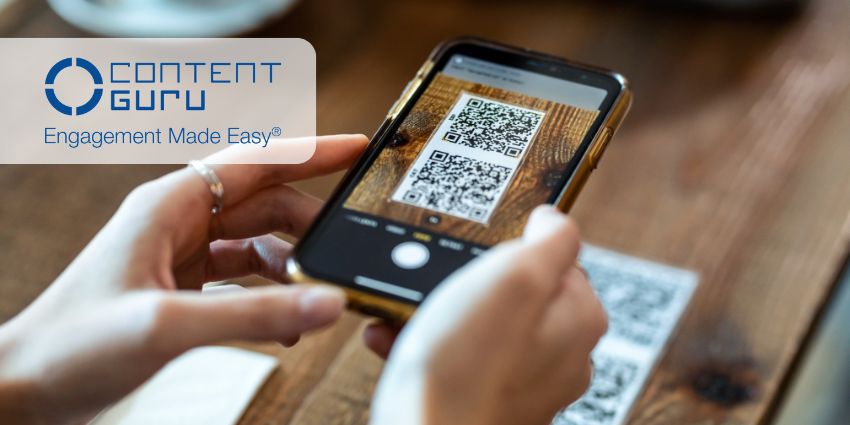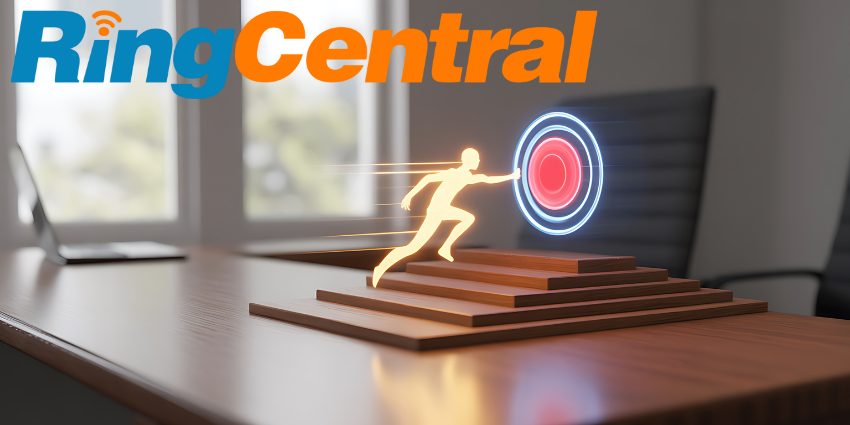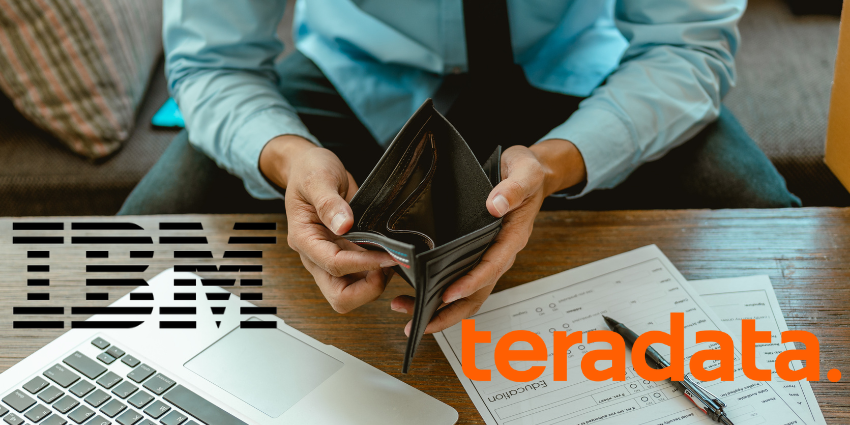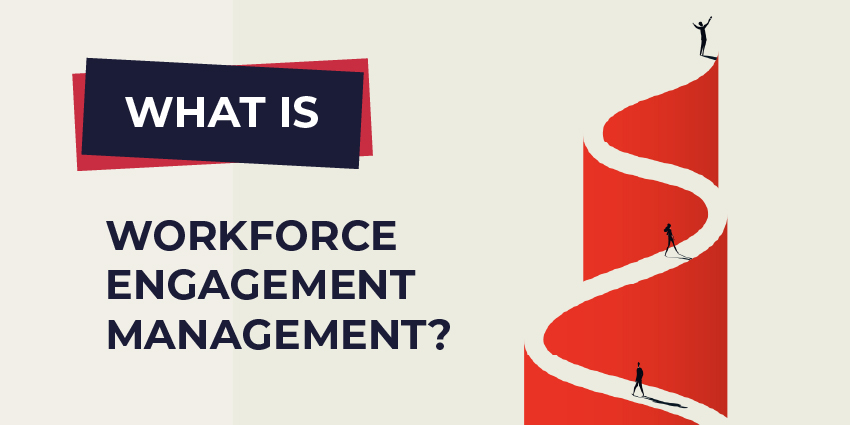A little less than two decades ago, the concept of Phygital made its first appearance. As the name implies, Phygital is a category of devices serving as gateways between physical and digital environments, catering to service and sales use cases. However, while good on paper, Phygital 1.0 failed quite unequivocally. According to Martin Taylor, Co-Founder and Deputy CEO of Content Guru, the reason for the failure is clear: It focused on sellers rather than consumers.
“The initial incarnation of Phygital, 15 years ago, came in the form of Bluetooth beacons,” Taylor notes.
The vision was promising: Consumers would move around a shop as the Bluetooth beacon followed them, connecting with their mobile phones and marketing to them on the spot.
“Next were smart mirrors, which were going to enable you to try on clothes virtually, linking to your shopping cart and the retailer’s online platform,” Taylor recalls.
Finally, the ultimate expression of Phygital 1.0 was Amazon’s ‘Just Walk Out’ technology – meant to allow consumers to go into Amazon Fresh stores, take the products they wanted, put them in a bag, and walk out.
“This was all going to be marvellous, and everyone would use it – except, they didn’t,” he says. “None of these caught on, and it’s quite obvious why: Phygital 1.0 didn’t consider how it would really benefit the customer.”
As we move into what Taylor refers to as “the slope of enlightenment” that is Phygital 2.0, the focus finally shifts to the consumer.
“It’s not about sales and marketing anymore – it’s now about CX, which, of course, brings it into the realm of the contact centre,” Taylor says.
Phygital 2.0: Where It Works and Why
Phygital 2.0 is already in motion, and there are certain sectors and industries where it’s working particularly well. Classic examples are Travel, Automotive, and one industry-agnostic success: QR codes.
Travel: This industry embodies the perfect Phygital blend, with booking, check-in, and boarding passes in the digital environment, and bag drop, security check, passport inspection, and of course, the flight, in the physical one.
“The initial stages are often 100% digital, then you switch to physical, and then you often encounter a back-and-forth situation between the two,” Taylor notes.
“Once you’ve gone through security and passport, you’re still updated digitally about gate changes or new flight times; then you physically scan your boarding pass and go on the plane.”
Automotive: This is another industry where Phygital 2.0 is implemented successfully, with modern vehicles ‘telling’ their owners they need servicing. But Phygital doesn’t stop at that – it can also extend to the garages themselves.
“Where digital bookings are possible, the garage will now send you videos and images of the work they want to do,” Taylor says.
“You then get another notification when the work is complete, as well as CSAT surveys and reminders about the next time you need to go in for servicing.”
In this case, the physical environment is the dealership, where car owners drop off their vehicles, talk to dealership people, and often have coffee with them to chat about car-related topics like accessories or upcoming models from the manufacturer.
“With Digital doing all the boring stuff, premium Automotive brands get to put more effort into the physical service experience,” Taylor notes.
To enable Phygital 2.0, brands need CX gateways, which is where the contact centre platform comes in.
“If we think of where the CCaaS platform and CX technology come in, it’s in creating a wealth of gateways that meet customers on their own terms.”
A QR code is a perfect example of such a gateway. QR codes became common a little over a decade ago, and like other tech pieces mentioned here, they had promising prospects but didn’t catch on. Well, initially.
“No one used them much until the pandemic hit, and suddenly, they were everywhere, since customers learned that they’re useful to them,” Taylor says.
While Phygital 1.0 was, as we’ve established, all about the convenience of the retailer, the rise of customer effort scores has changed things:
“A QR code in the right context effectively reduces the customer effort score, since they’re not required to look up a website or log in anywhere.”
The Future of Phygital: Kiosks, IoT, and Metaverse
Where is Phygital headed next? Further customer-centric arenas, it seems.
Kiosks: Digital kiosks are a great example of implemented Phygital 2.0, letting consumers return goods independently. Kiosks are a win-win, saving time for consumers while allowing salespeople to focus on sales. Plus, they can often connect to a contact centre environment, with help from trained representatives on the other end. However, kiosks can serve more than just shops.
“You can walk into the emergency department of a hospital, and there would be a kiosk where you can get a ‘deli ticket,’ or get some triage done right away,” Taylor suggests.
“The triage assessment could be delivered either from the machine itself or a remote clinician, who is, once again, working in a CX environment.”
Internet of Things: The Internet of Things (IoT) is another key ingredient in current and future Phygital, with wearables as a key example.
“‘Hospital at home’ wearables are becoming very prevalent now, and those IoT feeds are coming into Phygital gateways, with clinicians and electronic health records behind them,” Taylor explains.
Other than people with devices, some smart homes and cars can act as machine customers – from smart meters reporting a lack of power availability to vehicles communicating with dealerships.
Metaverse: Last but not least is the Metaverse, which, while considered mostly a buzzword by some, is worth mentioning in a Phygital context.
“It’s still in its infancy, but there’s absolutely a place for Metaverse technology, transforming physical objects into digital assets with AI chatbots and virtual assistants sitting behind,” Taylor notes.
To learn more about Content Guru’s cloud CX offerings, visit their website here.







